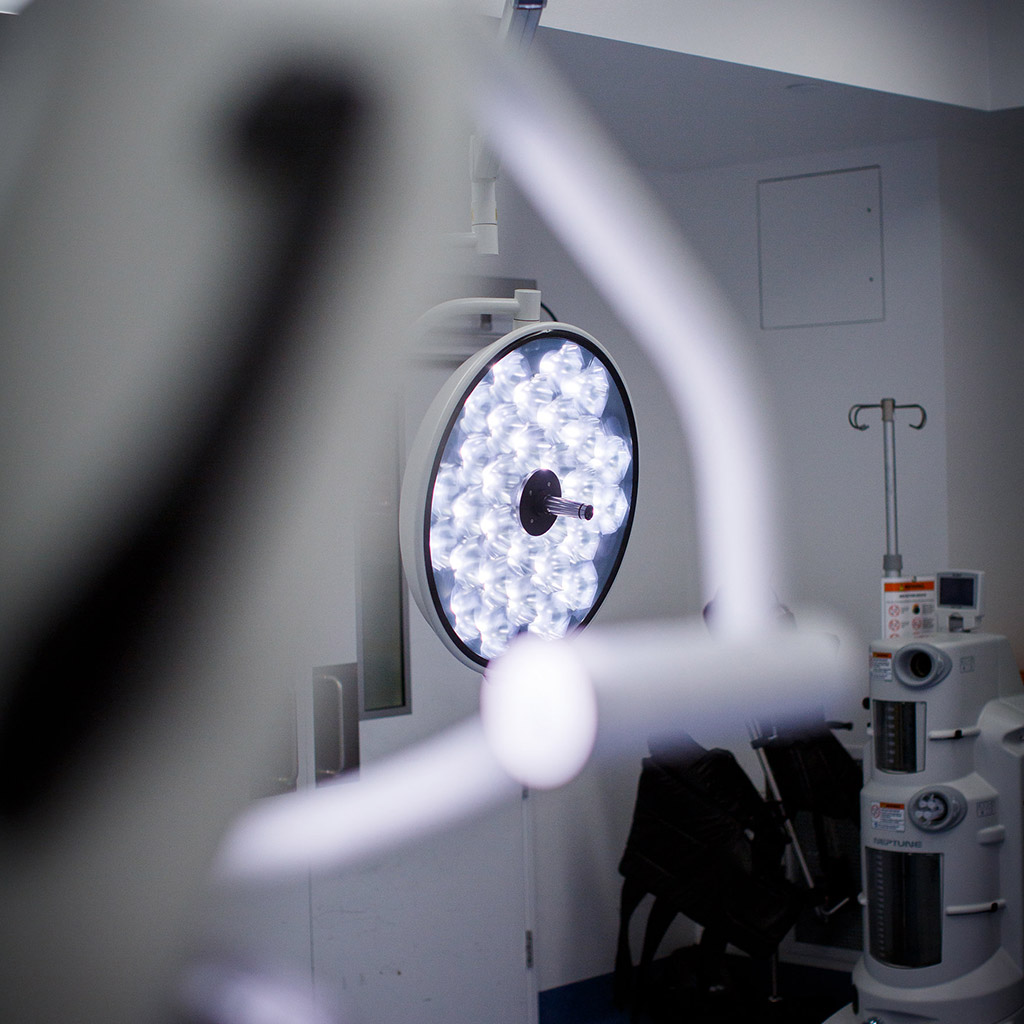Percutaneous Nephrolithotomy
Percutaneous Stone Removal.
The Procedure
Disintegration & extraction of kidney stones with a telescope placed into the kidney through a small puncture in the back. This usually includes cystoscopy and x-ray screening
Normally, a full general anaesthetic will be used and you will be asleep throughout the procedure.
You will usually be given injectable antibiotics before the procedure, after checking for any allergies.
First, a small tube is inserted up the ureter into the kidney by means of a telescope passed into the bladder. You are then turned on to your face and a puncture track into the kidney is established, using X-ray guidance.

Finally, a telescope is passed into the kidney and the stone(s) extracted or disintegrated with ultrasound. A catheter is usually left in the bladder at the end of the procedure together with a drainage tube in the kidney.
It may be necessary to puncture the kidney at more than one site if you have many stones scattered throughout the kidney.
On the day after surgery, a further X-ray is normally performed to assess stone clearance. Occasionally, it may be necessary to perform an X-ray down the kidney drainage tube using contrast medium. If the X-ray is satisfactory, the tube in your kidney and the bladder catheter will be removed. There is often some leakage from the kidney tube site for 24-48 hours and you will be only discharged once this leakage has resolved.
The average hospital stay is 4-5 days.
Most procedures have a potential for side-effects and these are outlined below.
Common (greater than 1 in 10)
- Temporary insertion of a bladder catheter and ureteric stent/ kidney tube needing later removal.
- Transient blood in the urine.
- Transient raised temperature.
Occasional (between 1 in 10 & 1 in 50)
- Occasionally more than one puncture site is required.
- No guarantee of removal of all stones & need for further operations.
- Recurrence of new stones.
- Failure to establish access to the kidney resulting in the need for further surgery.
Rare (less than 1 in 50)
- Severe kidney bleeding requiring transfusion, embolisation or at last resort surgical removal of kidney.
- Damage to lung, bowel, spleen, liver requiring surgical intervention.
- Kidney damage or infection needing further treatment.
- Over-absorption of irrigating fluids into blood system causing strain on heart function.
When you get home, you should drink twice as much fluid as you would normally to flush your system through and minimise any bleeding. You should aim to keep your urine permanently colourless to minimise the risk of further stone formation.
It may take at least 2 weeks to recover fully from the operation. You should not expect to return to work within 10 days, especially if your job is physically strenuous.
When you leave hospital, you will be given a “draft” discharge summary of your admission. This holds important information about your inpatient stay and your operation. If, in the first few weeks after your discharge, you need to call your GP for any reason or to attend another hospital, please take this summary with you to allow the doctors to see details of your treatment. This is particularly important if you need to consult another doctor within a few days of your discharge.
You can prevent further stone recurrence by implementing changes to your diet and fluid intake.
If you develop a fever, severe pain on passing urine, inability to pass urine or worsening bleeding, you should contact your surgeon or GP immediately. Small stone fragments may also pass down the ureter from the kidney, resulting in renal colic; in this event, you should contact your surgeon or GP immediately.

